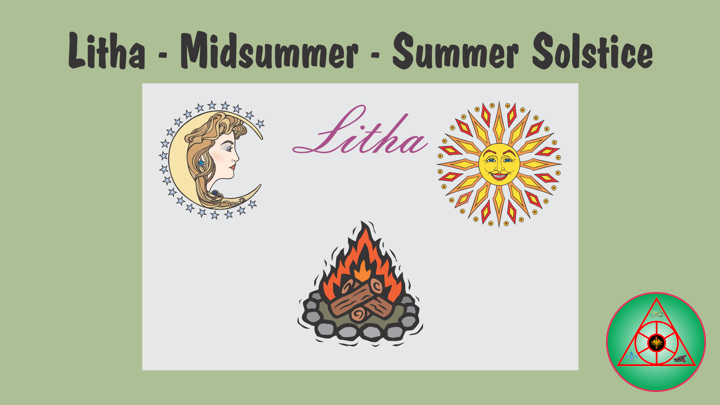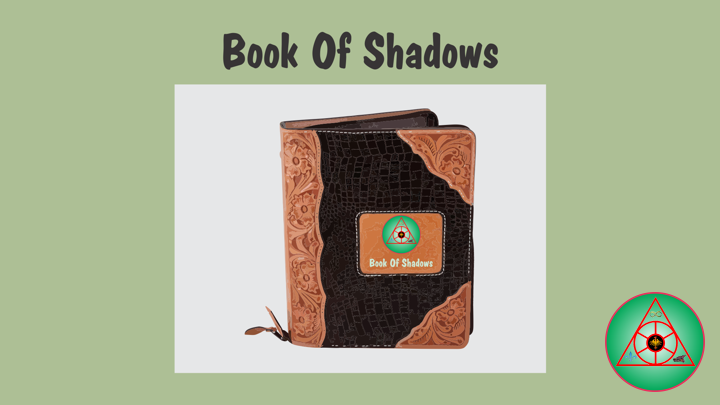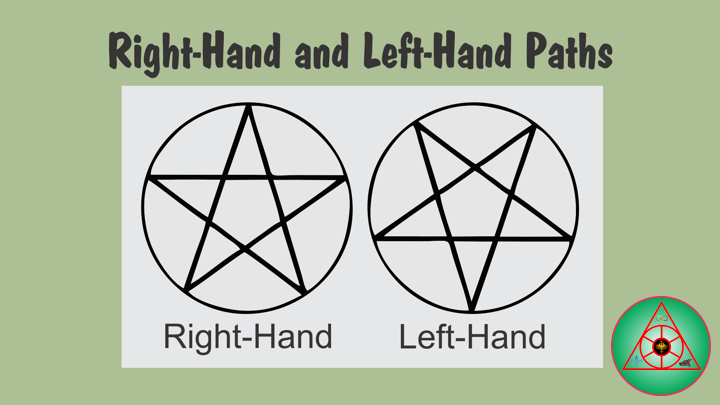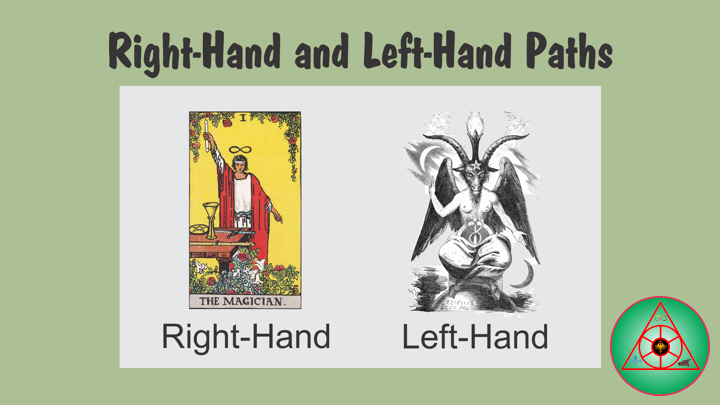——
#Magic #TLBWB #HighPriest #Witchcraft #Wizard #Witch #Litha #Midsummer #SummerSolstice #BookOfShadows #WheelOfTheYear #SacredHerbs #MagicalOils #Incense #Pentacle #MagicCircle #Spell #Grimoires
——
——
Litha – Midsummer – Summer Solstice
The gardens are blooming, and summer is in full swing. Fire up the barbeque, turn on the sprinkler, and enjoy the celebrations of Midsummer. Also called Litha, this summer solstice Sabbat honors the longest day of the year. Take advantage of the extra hours of daylight and spend as much time as you can outdoors.
The Goddess is now full and pregnant with Child, and the Sun God is at the height of His virility. This is the peak of the Solar year and the Sun is at the height of its life-giving power. The Earth is awash with fertility and fulfillment and this is a time of joy and celebration, of expansiveness and the celebration of achievements.
Yet within this climax is the whisper and promise of a return to the Dark. As the Light reaches its peak so this is also the moment when the power of the Sun begins to wane. From now on the days grow shorter and the nights grow longer and we are drawn back into the Dark to complete the Wheel of the Year.
The Bonfire
Traditionally people stayed up all night on Midsummer’s Eve to welcome and watch the sunrise. Bonfires were lit on tops of hills, by holy wells, at places held sacred, to honour the fullness of the Sun. At Litha the bonfire really represents a reflection of the Sun at the peak of its strength. The chosen wood would often be Oak and aromatic herbs were scattered into the fire. People danced around the fires and leap through them. Blazing herbs from the sacred bonfire were used to bless the animals. Blazing torches were carried sunwise around homes and fields. Coals from the Midsummer fire were scattered on fields to ensure a good harvest.
All of the flower kingdom is reaching its peak, wide open, full of colour, surrendering their perfume. Our lovely bees are now making honey. Midsummer full moon is known as the ‘Honey Moon’ for the mead made from honey now available. This is often part of handfastings performed at the Summer Solstice. Mead is regarded as the divine solar drink, with magical and life-restoring properties. Drink to celebrate and toast the life-giving abundance of the Sun.
As Litha approaches, you can decorate your home with a number of easy craft projects. Celebrate the sun’s energy with an elemental garden, a fiery incense blend, and a magic staff to use in ritual.
Feasting and Food
No Pagan celebration is complete without a meal to go along with it. For Litha, celebrate with foods that honor the fire and energy of the sun. For a Litha feast, we’ll obviously want to work in as many fresh herbs as possible. Remember that each one has its own individual magical properties, so call on those as needed. I’ve also called in some sun colors with red and orange foods. Cinnamon is ruled by the sun, so it’s definitely invited to the party. And this is the perfect time to cook with fire. Fresh vegetables of all kinds and fresh fruits such as lemons and oranges, summer squash and any yellow or orange colored foods. Flaming foods are also appropriate but especially chicken or pork. Traditional drinks are ale, mead, and fresh fruit juice of any kind and herb teas. Pumpernickel bread is also appropriate. Finally, we’ll bring in some honey to celebrate all the flowers in bloom at this time of year. Let the feast begin.
Follow Us
Languages Spoken and Written: French, English and Spanish.
eMail: lostbeardedwhite@sassquatch.org
Facebook: https://www.facebook.com/neosteam.labs.9/
YouTube: https://www.youtube.com/channel/UC5eRjrGn1CqkkGfZy0jxEdA
Twitter: https://twitter.com/labs_steam
Pinterest: https://www.pinterest.com/NeoSteamLabs/
Instagram: https://www.instagram.com/luc.paquin/
The Lost Bearded White Brother




